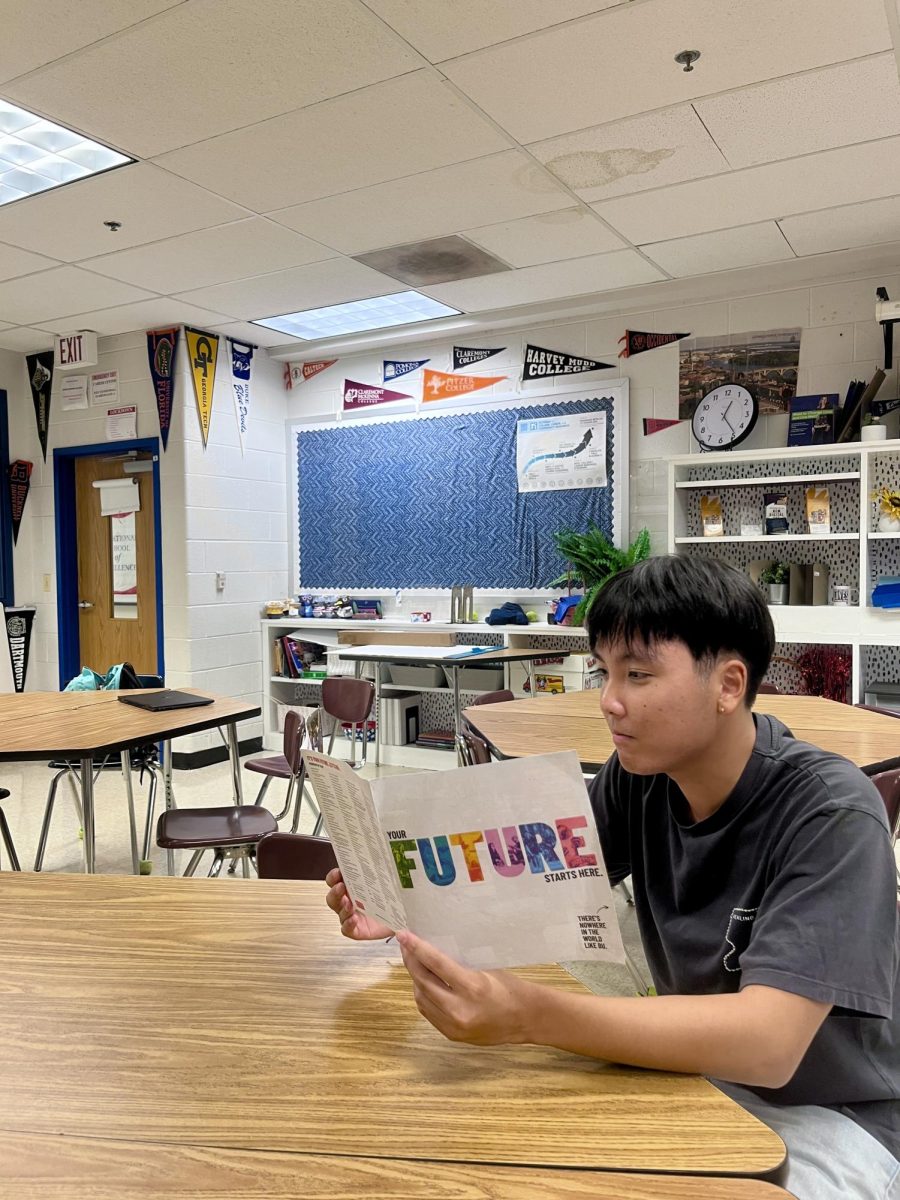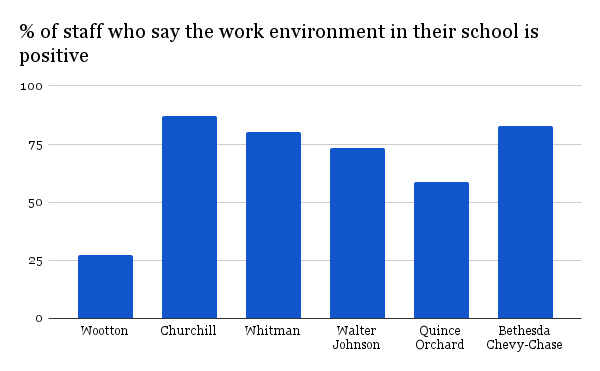The infamous, bustling math hallway is often packed with students stressing about upcoming tests and scrambling to get to class. Despite being situated right in the middle of the chaos, rooms 266 and 267 offer a stark contrast. They aren’t classrooms, but there are comfortable chairs and fairy lights plastered over the walls. The rooms make up the school’s Bridge to Wellness program, providing resources and a relaxing atmosphere for students.
Every MCPS school where the program is installed consists of full-time staff: a mental health therapist, care manager, and youth development specialist. “Bridge to Wellness [staff] are not employed by the school but are contracted by an organization called Sheppard-Pratt, and in collaboration between the Department of Health and Human Services and MCPS,” social worker Alexis Branham said.
While it is true that Bridge to Wellness strives to provide mental health support for students, it is important to note that it is not defined as a “wellness center.” Katy Omerso, the school’s mental health therapist, describes the initiative as much more than that. Other support is offered outside of student life. “Our care manager, Stephanie Cruz, also helps with things like insurance, food, or assisting students just coming into the country. It’s a well-rounded one-stop service center.”
Omerso described some of the activities the Bridge to Wellness program hosts. “Mental health doesn’t have to be serious. Taking care of your mental health can be done through being creative, connecting with friends, and playing games. We focus on the fun parts of taking care of yourself and talking about feelings,” Omerso said.
The Bridge to Wellness staff work closely with the counseling department and school social workers. This can be done through referrals to ensure that students are getting the proper help and care that they need. Altogether, they also plan the weekly Wellness Wednesdays presentations and also host various other wellness activities. These types of collaborations between the Bridge to Wellness and staff are crucial. Honors English 10 teacher and Restorative Justice Coach Lindsey Vance is a part of the Instructional Leadership Team (ILT). “Being a part of ILT provides me with an opportunity to elevate the experiences of our most historically marginalized students and ensure that all students feel safe and welcomed. This work cannot be done without the collaboration among members of ILT and the staff.” Vance said.
Bridge to Wellness is in its second year of running. “[The program has] been new since last year and it’s been great getting to be more part of the school. It’s been nice to see students grow. I think it’s a quiet background resource and I’m just really happy to be that place,” Omerso said.
As the program continues to progress, it is important to note that it is a place students can go to when needed. “While some students have access to outside resources for their mental health, Bridge to Wellness truly bridges that divide in that kids who don’t have access to resources have a place to go to receive help,” Vance said.


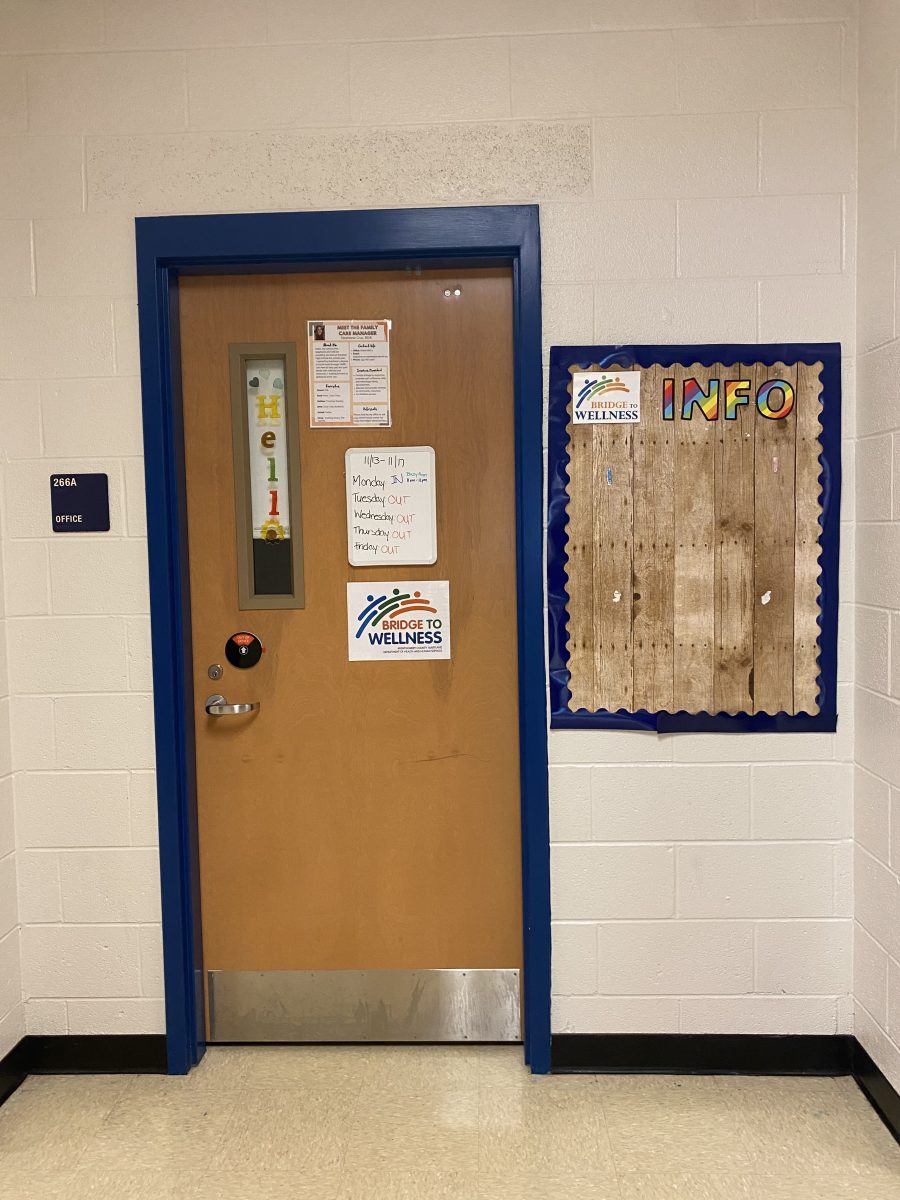
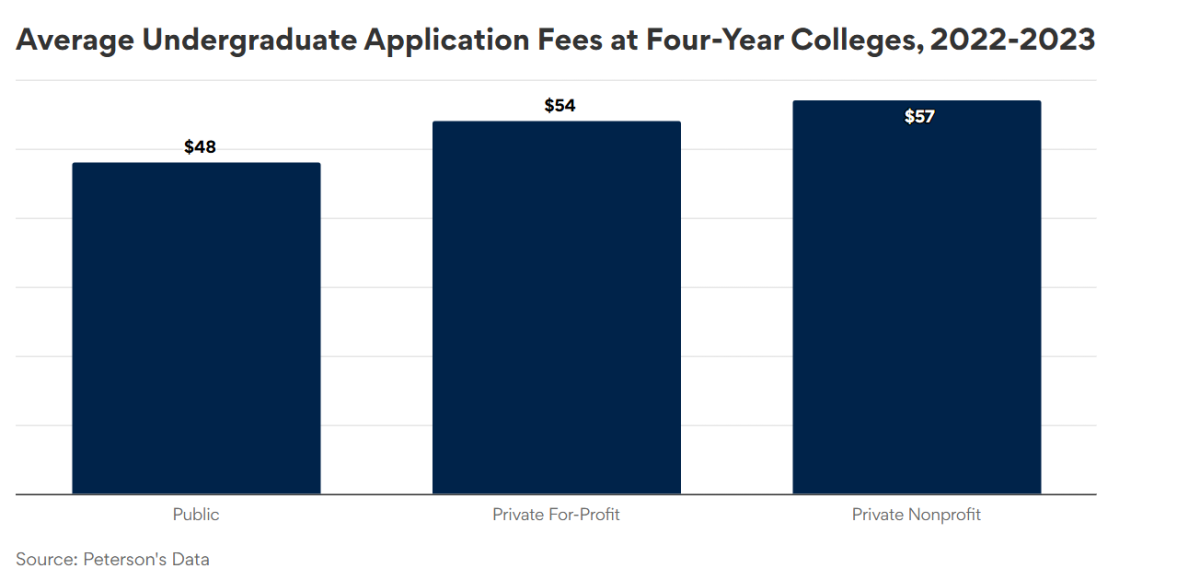
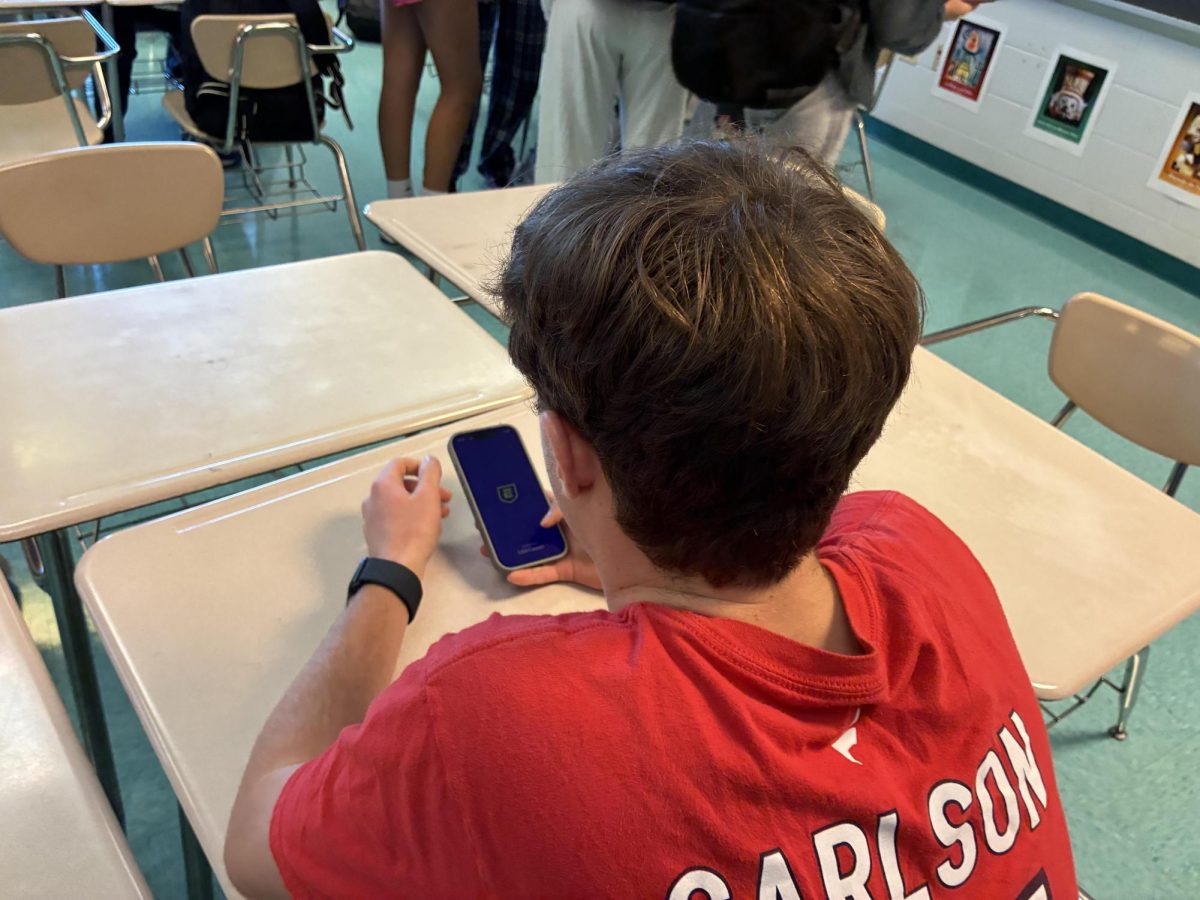
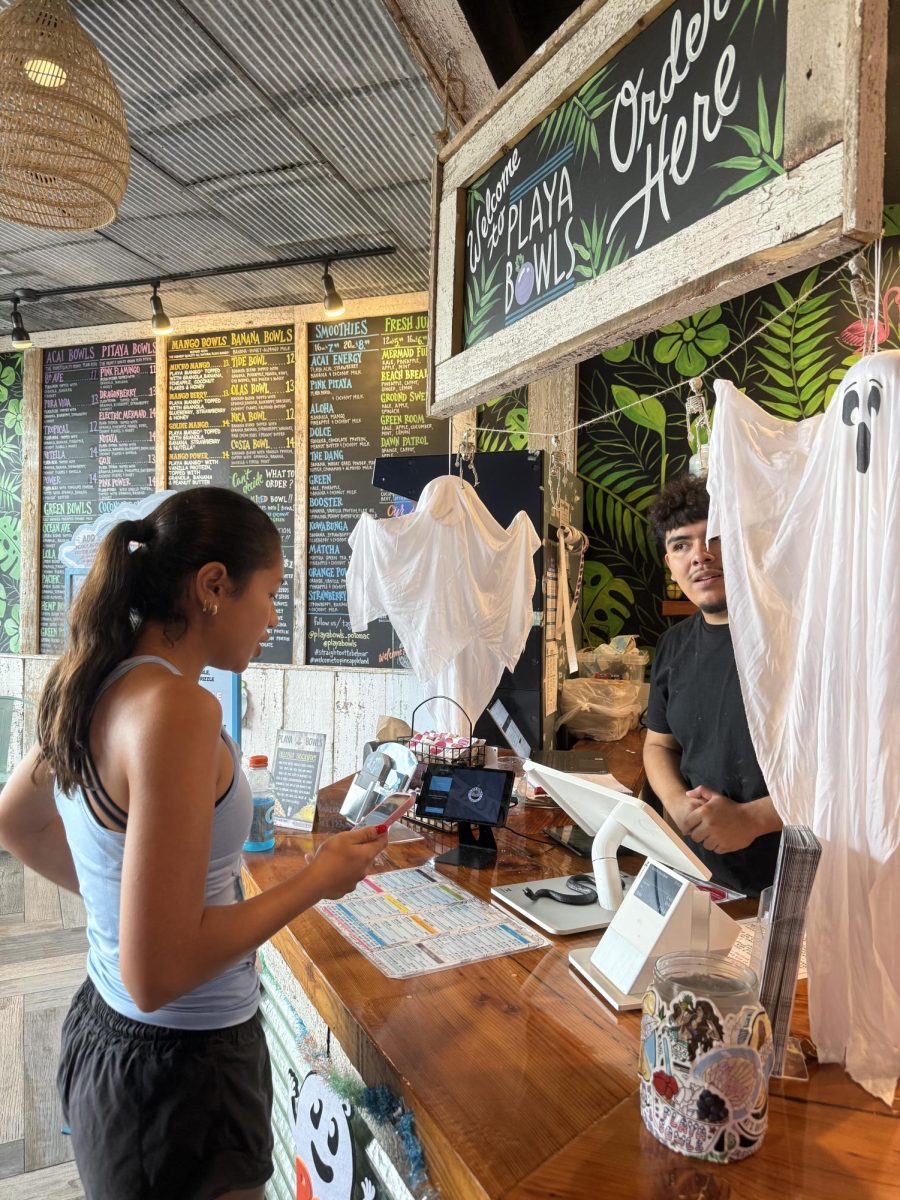
![Editors-in-Chief Ahmed Ibrahim, Helen Manolis, Cameron Cowen, Alex Grainger, Emory Scofield, Hayley Gottesman, Rebekah Buchman and Marley Hoffman create the first print magazine of the year during the October press days. “Only a quarter of the schools in MCPS have programs that are like ours, a thriving, robust program. That makes me really sad. This is not just good for [the student journalists] to be doing this, it’s good for the entire community. What [student journalists] provide to the community is a faith in journalism and that continues for their lifetimes," Starr said.](https://woottoncommonsense.com/wp-content/uploads/2025/10/wmpoFTZkCPiVA3YXA4tnGoSsZ4KmnKYBIfr18p3l-900x1200.jpg)
